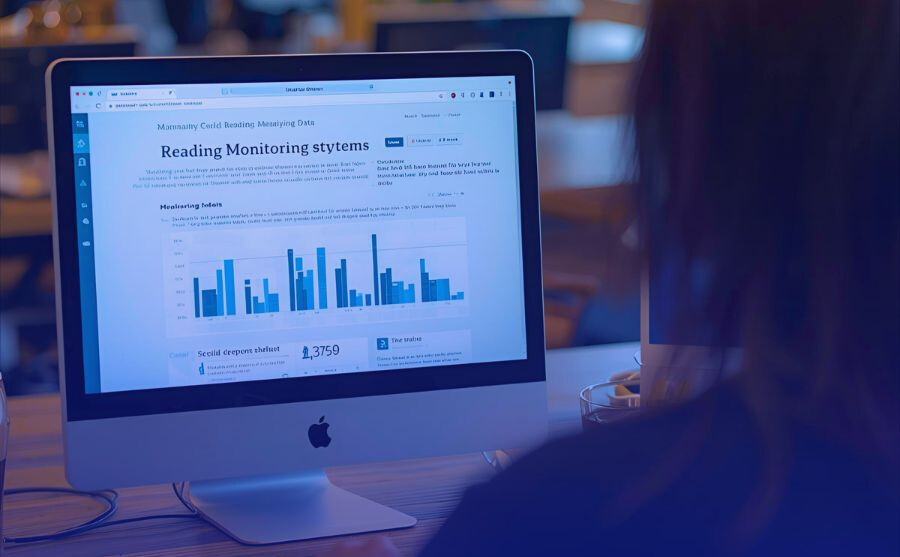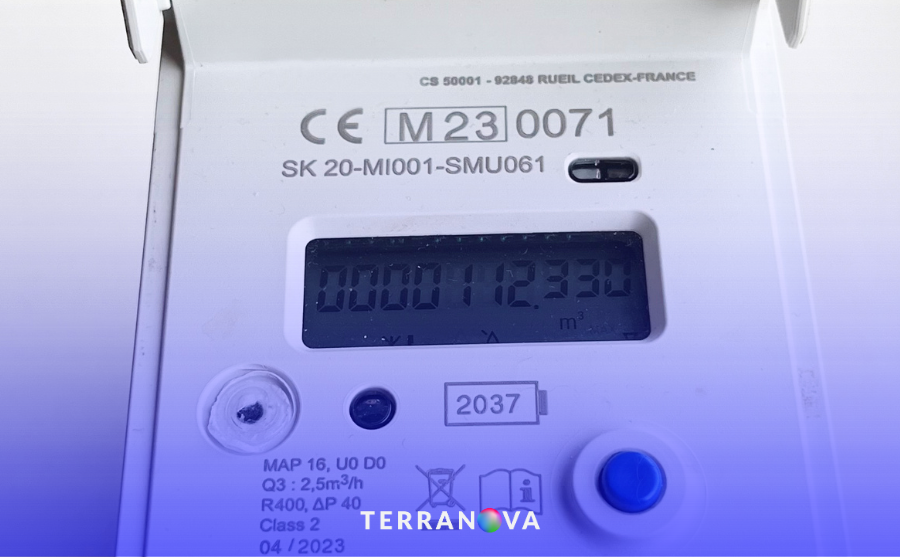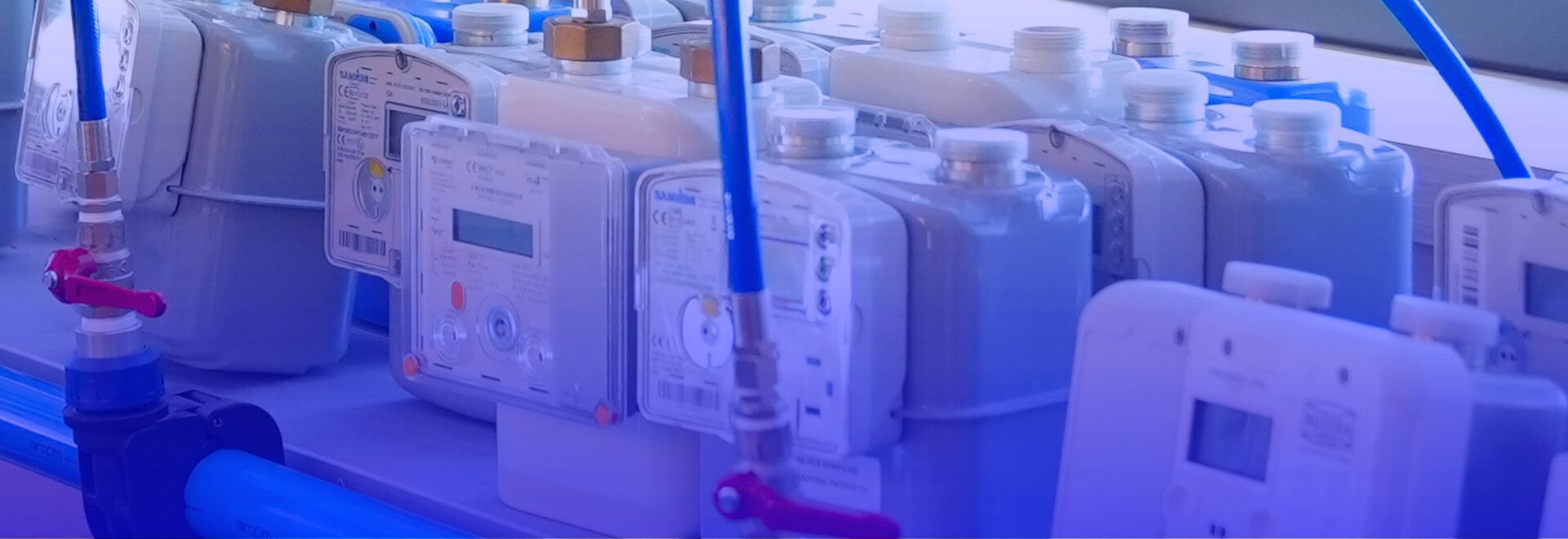

9/29/2025



Smart metering has revolutionised the way we think about consumption metering and utility billing for years now. But how does smart metering work? What is the added value compared to traditional metering?
Sustainability and digitisation. These are two concepts that now permeate every aspect of our lives, from the smallest to the largest systems, from end users to manufacturing companies. The social and environmental needs of recent years are pushing for measures in this direction, and the utilities are no exception. In Italy, starting in 1998, the electricity sector was the first to experience the smart metering revolution and the first rollout with first-generation smart meters. In 2008, in Italy, it was the turn of the gas sector and, from 2021, even water companies have been pushing smart metering projects. However, it is not always clear to everyone what smart metering is and, specifically, how a smart meter and its remote reading work.
A meter, in general, is any instrument that has the ability to measure the quantity of a substance. A thermometer, for example, measures the expansion of the volume of mercury, from which temperature is determined. In Utilities, then, a meter measures the amount of gas, water or electricity delivered and consumed by an end user. A smart meter, on the other hand, in addition to having the first basic characteristic of measuring capacity, has a communication module that allows utilities to interact with it bidirectionally and remotely. This substantially differentiates a traditional meter from an intelligent one and allows multiple operations that are not possible with the former, enabling digital and sustainable functions that were previously inaccessible. The communication module that allows the meter to communicate can be external (such as an add-on, plug-in, etc.) and allows a traditional device to be made smart. Alternatively, meters may already have the communication module inside, natively integrated during construction. In this case, we speak of pure smart meters.
A smart device grants the enormous advantage of retrieving measurement information faster and more frequently, with increasing detail of information (up to every quarter of an hour). This information is transferred to a data collection centre, called the Head-End System (HES).
Communication between smart meters and the Central Acquisition System can take place in different ways, as we have also explained in detail here. Direct communication, also known as synchronous, consists of a direct bridge between the meter and the HES, without any intermediary devices; indirect communication, or asynchronous, on the other hand, includes all cases in which the meter and the HES communicate through a third device, the concentrator.
In the case of direct communication, if we consider battery-powered smart meters such as gas or water meters, it is typically initiated by the meter: the smart meter, in fact, following a configuration scheme established by the distributor who manages it, activates and makes a call, sending a previously prepared data packet to the HES, containing readings, reports or diagnostic data. The Head-End System, for its part, in the event of a lack of necessary information, can request it from the smart meter within a certain time window, which varies depending on the information requested or the technology on which the smart meter is based.
In the case of indirect communication, the smart meter communicates with the HES via an intermediate device (concentrator or gateway): the meter activates and calls, sending the packaged information to the concentrator, which in turn, packs the information arriving from several meters and sends it to the HES. The Head-End System, therefore, understands that the communication is coming from the concentrator and, consequently, from many meters. The next process, therefore, is unpacking and splitting the communication by individual meter. Communication with the smart meter, however, is also possible in the other direction. Concentrator and HES can communicate with a fixed frequency (up to an interval of one hour), according to parameters that can always be set by the Distributor. In this case, if the HES needs to request further necessary information not received, it sends the requests to the concentrator, which in turn stores the request and keeps it. The moment the meter wakes up and sends a new communication to the concentrator, the concentrator realises that the smart meter is active and sends the pending request in memory (such as a command). The meter will remain active for as long as it takes to receive information from the concentrator (time-out time).
In the case of asynchronous communication, the presence of concentrators also presupposes the use of a network manager. The concentrators, in fact, listen to all messages sent by the meters in the ether, and need an orderly management so that several concentrators do not report data from the same meter. To define a well-organised network, it is therefore essential to use the network manager, which directs the information coming from the meter to the HES, interacting with the concentrators and telling them which meters to pick up (enrolment). In this way, each meter will only be listened to once by a single concentrator, preventing data from being replicated.
The criterion the network manager uses to choose the best concentrator to listen to a given meter is based on network statistics. These are parameters that provide an indication of the quality of the communication between the meter and the concentrator itself: the average signal level at which the meter is detected, the instantaneous signal level, the maximum and minimum reception level and the number of times the meter's message is received. By reading these statistics, the network manager decides which is the best concentrator to 'serve' a given smart meter and from which to retrieve its information. This logic is called 'enrolment', a process that can be repeated several times, depending on changes required in the network itself (e.g. a change of concentrator).
Once the measurement and diagnostic data have reached the Head-End System, it unpacked, interpreted and sent to the Meter Data Management (MDM). The MDM collects all the information, organises it and applies logic to it so that it can be used by those who have to manage the meters and meter reading. For example, it puts together diagnostic data with measurement data to understand if they are valid or if they are unreliable as a result of errors, perhaps because the smart meter is not working properly, performing, in effect, an initial data validation process. Subsequently, based on regulatory billing rules and applying an algorithm configured according to the distributor's needs, the readings are delivered to an asset management software. The management software then examines all the data received and verifies their plausibility. By 'plausibility', we mean the consistency of the received data with the expected consumption on the specific user. The difference between the MDM's and the management system's checks, in fact, lies in the fact that the management system looks at the data from a meter and verifies that that consumption is consistent with the expected consumption for that user. If the data are consistent, they will be processed and sent to the billing and invoicing process. Otherwise, they must be estimated: the management system will consider the consumption history of that utility for that period and make an estimate of how much was consumed, discarding the implausible reading. Actual or estimated readings, net of their plausibility, must also be sent to the competent authority.


Learn more about Terranova's Digital Enablement Platform, which tracks water losses and manages over 150 brands of meters

Want to know more?
We’d be happy to talk more in detail about your needs and explore how we can become your ideal partner, to assist you in your business venture of innovation, digitization and sustainability